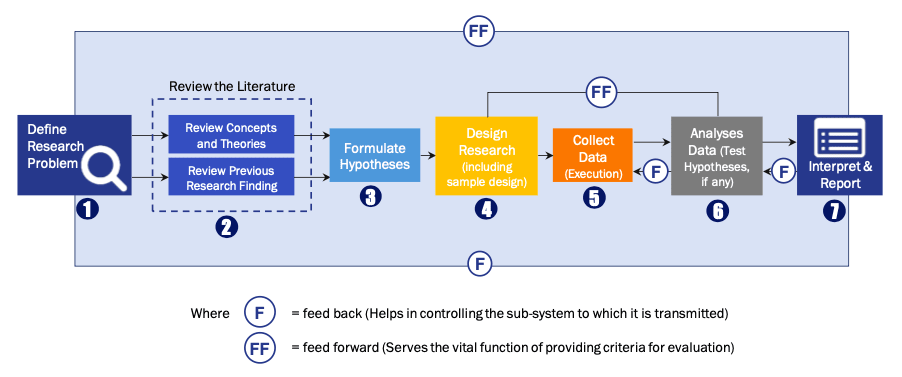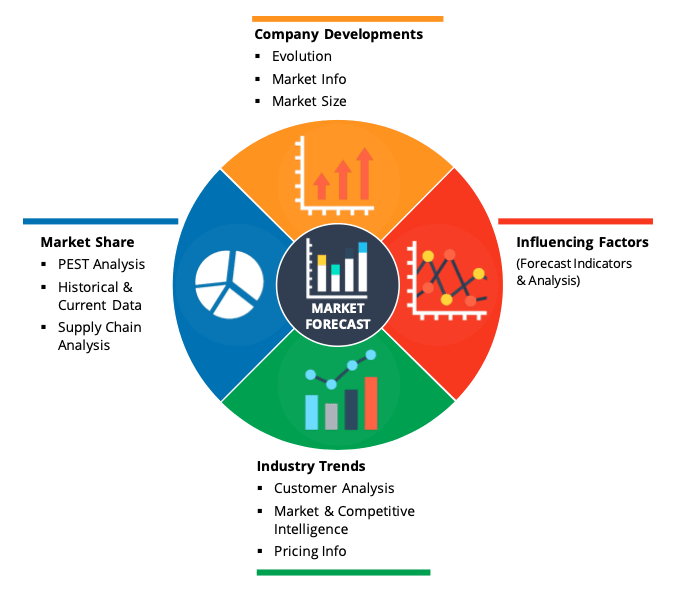In the last two decades, radiation exposure to patients has increased significantly. This will be attributed to the growing use of radiological procedures like CT, fluoroscopy, and interventional imaging procedures, including a rise within the radiation doses utilized in these procedures. In diagnostic imaging modalities, higher tube currents are used for obese patients to enhance image quality. Due to this, the danger of radiation overexposure for obese patients is high. Earlier, dose management wasn't among the main concerns for the medical profession, as their main focus was on image quality (with overexposure providing better images). As a result, the radiation doses utilized in procedures gradually increased. This increased the danger of radiation overexposure among patients.
There aren't any defined standards by governments for radiation dose benchmarking across all radiology procedures. With the shortage of standardized protocols, dose management software can't be fully utilized to realize dose reduction. Since 2011, the American College of Radiology has been trying to line benchmarks for CT procedures at the national level through DIR; however, benchmarking must be conducted for all imaging modalities across the world.
There need to be standardized protocols for all examination types, imaging modalities, and patients of all sizes and age groups, at a worldwide level. the supply of comprehensive benchmarking parameters and defined procedures would enable individual practices to watch dose indices and compare standard dose reduction practices followed by similar healthcare provider facilities at the regional, state, national, or global levels.
In addition, the current Global Market study offers a detailed analysis of the current COVID-19 pandemic impact on the market growth and its influence on the future growth of the Global Market. The recently published report demonstrates the elevation in the demand for the healthcare sector. The healthcare manufacturers have experienced long term as well as short term effect which includes supply shortages, panic buying and stocking, regulation changes as short-term whereas approval delays and possible trend variations in consumption could be perceived as long-term impacts of COVID-19 on the health and pharmaceutical market.
The increasing need for a cure has pushed vaccine research and manufacturers to the limit. In addition to this, panic conditions have already spurred the demand for many healthcare products and services which are discussed in detail in this report. Moreover, the impact of COVID-19 on overall market revenue for the base year 2020 and its projection up to 2027 is provided in detail in this report.
Based on product & service, the radiation dose management solutions segment is projected to witness the highest growth during the forecast period. The increasing adoption of radiation dose management solutions by healthcare providers due to the growing regulations regarding radiation across the world is that the major factor supporting the expansion of this segment.
Based on end-users, the hospital segment accounted for the largest share of the radiation dose management market in 2019. The rising patient population, growing awareness about the advantages of early disease diagnosis, technological advancements in imaging modalities, and therefore the increasing awareness of the harmful effects of radiation exposure are some of the main factors liable for the high demand for radiation dose management solutions in hospitals.
By modality, the computed tomography segment accounted for the largest market share in 2019. The large share of this segment is often attributed to the increasing number of CT examinations worldwide and therefore the rising awareness of radiation dose exposure.
Market Analysis, Insights and Forecast – By Product and Services
Market Analysis, Insights and Forecast – By End Use
· Hospitals
· Small Hospitals
· Large Hospitals
· Ambulatory Care Settings
· Other End Users
Market Analysis, Insights and Forecast – By Modality
· Computed Tomography
· Fluoroscopy & Interventional Imaging
· Radiography & Mammography
· Nuclear Medicine
Radiation Dose Management Market Regional Overview
Region-wise, in terms of regions, North America accounted for the largest share of the radiation dose management market. the large share of North America are often attributed to factors like the stringent legislative and accreditation requirements regarding the reporting and optimization of radiation doses, high adoption of HCIT technologies, and therefore the presence of stringent regulatory requirements regarding patient safety.
Radiation Dose Management Market, By Geography
· North America (US & Canada)
· Europe (UK, Germany, France, Italy, Spain, & Rest of Europe)
· Asia-Pacific (Japan, China, India, Australia, & South Korea, & Rest of Asia-Pacific)
· LAMEA (Brazil, Saudi Arabia, UAE & Rest of LAMEA)
Radiation Dose Management Market Competitor overview
Some key developments and strategies adopted by manufacturers in the Radiation Dose Management are highlighted below.
· In 2018, Sectra AB launched Sectra Dosetrack.
Radiation Dose Management Market, Key Players
· Philips Healthcare
· Cerner Corporation
· Siemens Healthineers
· McKesson Corporation
· FUJIFILM Holdings Corporation
· Agfa Healthcare
· MEDNAX Services, Inc.
· ONRAD Inc.
· RamSoft Inc.
· Novarad Corporation
Data Library Research are conducted by industry experts who offer insight on industry structure, market segmentations technology assessment and competitive landscape (CL), and penetration, as well as on emerging trends. Their analysis is based on primary interviews (~ 80%) and secondary research (~ 20%) as well as years of professional expertise in their respective industries. Adding to this, by analysing historical trends and current market positions, our analysts predict where the market will be headed for the next five years. Furthermore, the varying trends of segment & categories geographically presented are also studied and the estimated based on the primary & secondary research.
In this particular report from the supply side Data Library Research has conducted primary surveys (interviews) with the key level executives (VP, CEO’s, Marketing Director, Business Development Manager and SOFT) of the companies that active & prominent as well as the midsized organization
FIGURE 1: DLR RESEARH PROCESS

Extensive primary research was conducted to gain a deeper insight of the market and industry performance. The analysis is based on both primary and secondary research as well as years of professional expertise in the respective industries.
In addition to analysing current and historical trends, our analysts predict where the market is headed over the next five years.
It varies by segment for these categories geographically presented in the list of market tables. Speaking about this particular report we have conducted primary surveys (interviews) with the key level executives (VP, CEO’s, Marketing Director, Business Development Manager and many more) of the major players active in the market.
Secondary ResearchSecondary research was mainly used to collect and identify information useful for the extensive, technical, market-oriented, and Friend’s study of the Global Extra Neutral Alcohol. It was also used to obtain key information about major players, market classification and segmentation according to the industry trends, geographical markets, and developments related to the market and technology perspectives. For this study, analysts have gathered information from various credible sources, such as annual reports, sec filings, journals, white papers, SOFT presentations, and company web sites.
Market Size EstimationBoth, top-down and bottom-up approaches were used to estimate and validate the size of the Global market and to estimate the size of various other dependent submarkets in the overall Extra Neutral Alcohol. The key players in the market were identified through secondary research and their market contributions in the respective geographies were determined through primary and secondary research.
Forecast Model
